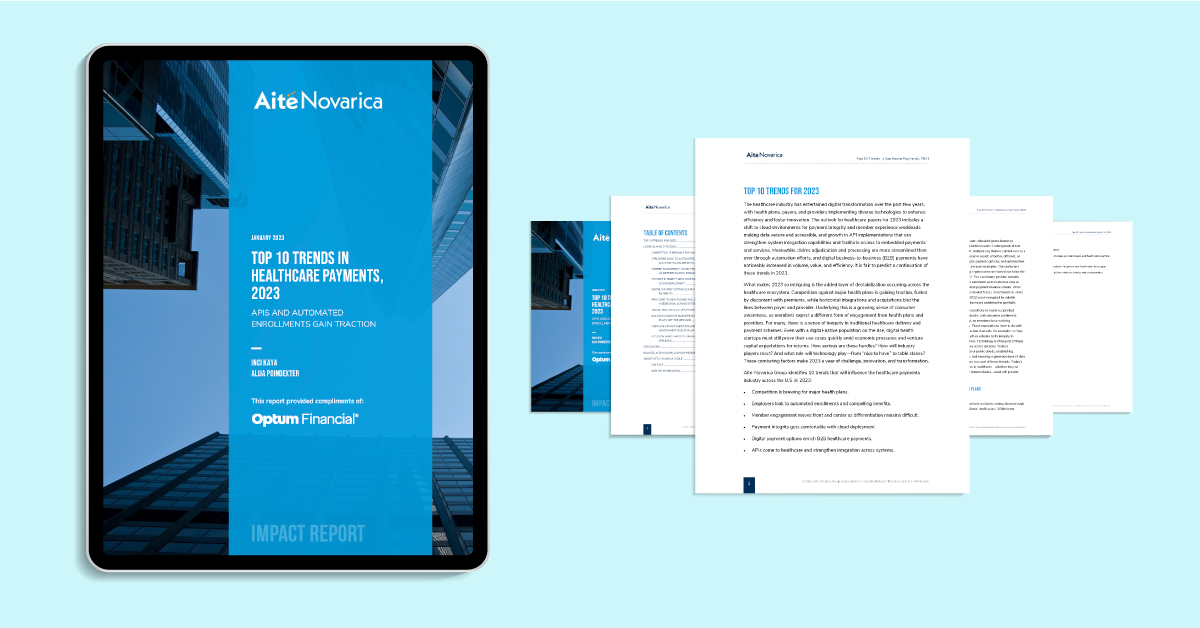When insurance companies discuss their most compelling reasons for engaging with a fintech partner to accelerate their move to digital claim payments, 2 central themes typically emerge: the urgent need to deliver better, more convenient claim payment experiences and the growing pressure to lower the costs of managing and processing those payments.
In this second “lowering costs” category, the conversation often revolves around some standard and straightforward benefits that include eliminating the costs of printing and mailing checks, reducing banking and treasury fees, creating an efficient single system or record across payment types, and streamlining claim payment management processes.
These are all obviously important, and they form the foundation of the electronic payment cost savings argument, but they are far from the only ways the right payment solution can lower your costs. To round out the discussion, here are 4 slightly less obvious (but equally important) ways you can save money by engaging with a digital claim payment partner.
#1: Lower your support costs with self-service and outsourcing
With the right digital payment solution, you can offer your payees a convenient way to manage their own mobile payment options and preferences through a simple app interface. This type of payment self-service can take a significant bite out of your service and support costs by lowering your call volumes and automating the payment preferencing process. And of course, if you choose a claim payment partner with a full-time support center, you can offload the costs of supporting most claim payments altogether.
#2: Eliminate check fraud
It’s no secret that paper checks are a popular target for fraud — and that electronic payments are significantly safer. As you transition more payees from checks to electronic payments, the amount of fraud you must deal with, along with the associated remediation costs, will decline as well.
#3: Reduce claim leakage and lost costs
Electronic claim payments are faster than paper checks — especially as you work toward same-day and instant claim payments. Simply getting claim payments into the hands of claimants and service providers in hours (or days) instead of weeks can have a big impact on storage fees, rental car costs and other claim lost costs.
#4: Build a more flexible and efficient infrastructure
Most insurers view the move from check payments to electronic payments as a natural opportunity to modernize their payment infrastructure — and adopt a claim payment platform that’s capable of quickly adding new payment technologies as they become available. This can make staying ahead of the payment curve, and delivering the modern claim payment experiences claimants and service providers expect, a much less expensive and resource-intensive undertaking.
As insurers modernize their payment solutions, many of them are discovering the value and cost savings that come from working with fintech partners, rather than trying to build and maintain their own claim payment platform internally. This outsourced approach makes it possible to offer compelling new electronic payment options more quickly, with minimal IT lift, in a way that delivers a fast and reliable ROI. It also frees internal resources to focus on more strategic and valuable claim processing initiatives.
Related content

Report
Top 10 trends in health care payments
Read about the top trends influencing the health care payments industry across the U.S. in 2023.

Case study
Moving to lower-cost electronic payments
Find out how one regional health plan partnered with Optum Financial to increase ACH payments.

Report
Claims payments opportunities
Thinking about going paperless for claims payments? We commissioned a study of senior health plan executives to hear what’s on their minds.


